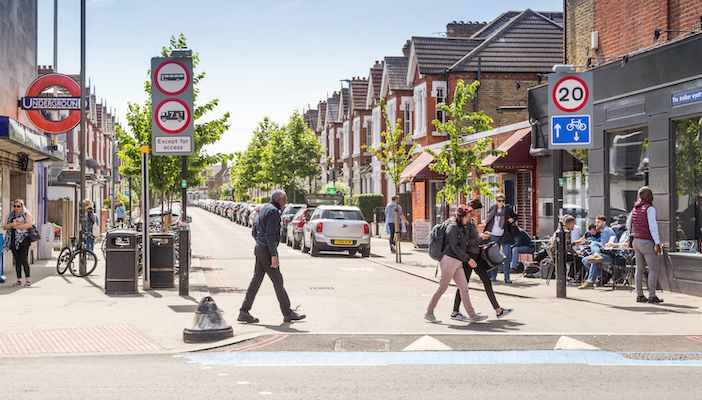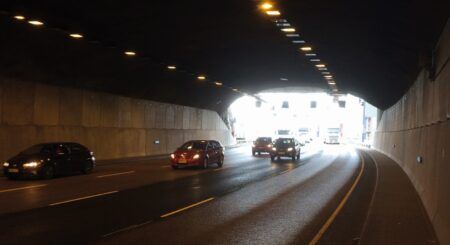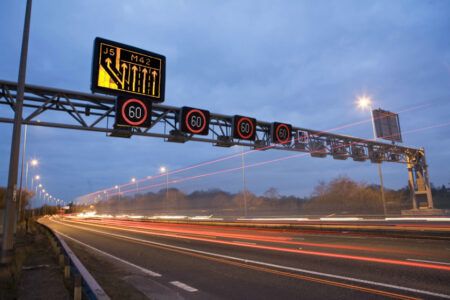Transport for London (TfL) has released new data that shows a significant reduction in the number of collisions since the implementation of 20mph speed limits on key roads in London.
Vulnerable road users continue to be most at risk on London’s roads, but since the 20mph speed limits have been introduced, collisions involving vulnerable road users have decreased by 36% (from 453 to 290), while collisions involving people walking have decreased by 63% (from 124 to 46).
The number of vehicle collisions has reduced by 25% (from 406 to 304), and collisions resulting in death or serious injury have reduced by 25% (from 94 to 71), demonstrating the huge impact of lowering speeds across London.
In March 2020, TfL introduced a 20mph speed limit on all of its roads within the central London Congestion Charging zone as part of its Vision Zero commitment to eliminate death and serious injury on the capital’s roads by 2041.
Currently over half of London’s roads have a 20mph speed limit, of which almost 110km is on TfL’s network. TfL is now working to lower speeds on 220km of its roads by 2024 in inner and outer London and plans to introduce a new 20mph speed limit on over 28km of roads in Camden, Islington, Hackney, Tower Hamlets and Haringey in March.
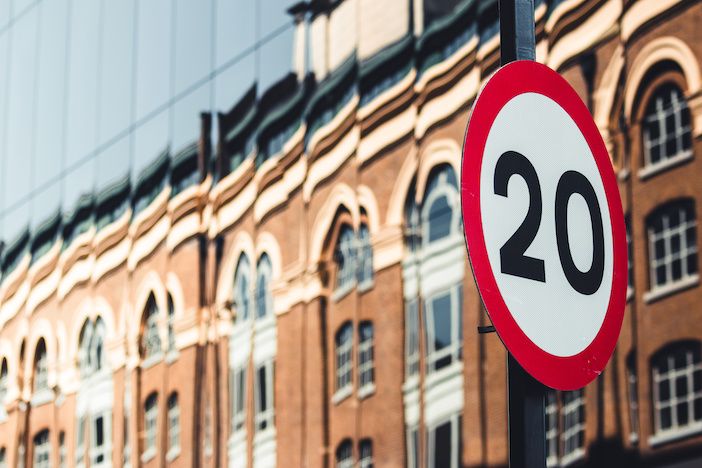
Collision data from around the world shows that the speed at which people are driving or riding is the single most important factor in whether a collision takes place and how severely people are injured. In 2020, speed was a contributing factor to 48% of fatal collisions.
Since the 20mph speed limits have been introduced across London, there have been reductions of 1.7-5mph across most sites surveyed. Analysis of journey times, traffic flows and speeds suggest that the 20mph speed limit has not increased congestion and TfL will be undertaking further quantitative analysis to assess the impact on smoothing traffic flows.
The new speed limits have also made a large portion of London safer for people to live, work and commute, encouraging more Londoners out of their cars to walk, cycle and use public transport. More people now use healthier and more sustainable forms of travel which is vital to reducing congestion and air pollution.
TfL is working with the Met Police to increase their capacity to take enforcement action against drivers and riders who speed. They are currently on target to be able to take action on a million speeding offences by 2024. In 2021/22, the Met enforced 476,685 speeding offences, an increase of 72 per cent compared to the previous year.
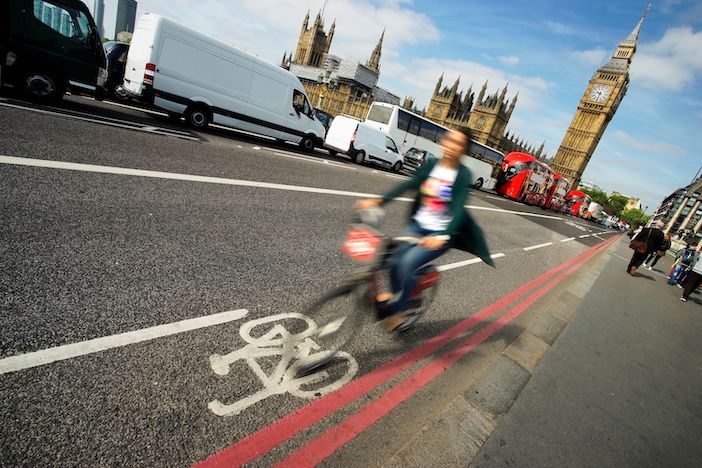
“I’m delighted to see that the introduction of 20mph speed limits is having such a positive impact on the number of collisions on London’s roads; this forms an important part of the Mayor’s Vision Zero plan,” says Will Norman, London’s walking and cycling commissioner. “I look forward to the continued expansion of this programme on TfL roads and to working with colleagues in boroughs to make even more streets safer for Londoners.
“Sadly more than 4,000 people are killed and seriously injured on London’s roads every year. Lowering speeds is one of the most important things we can do to reduce road danger and make it easier and safer for people to walk, cycle and use public transport, creating a safer, greener London for everyone.”


